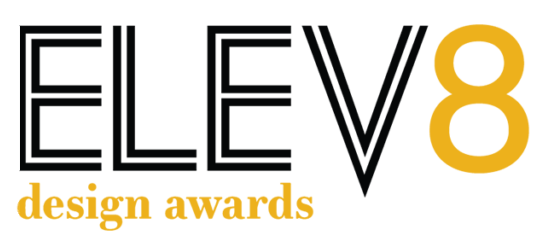Aesthetics
- How the project utilizes form, finishes, colors, materials, etc., to create beauty.
- How the design respect the site’s location, history or culture in its approach to aesthetics, materials selection, colors, and artwork.
Innovation in Design
- The steps taken to ensure design intentions are realized and the building project performance holds up post-occupancy.
- How the project demonstrates new and innovative design thinking or deploys solutions that contribute to the building’s performance.
- What new systems, building materials, construction techniques and processes and technologies were used in original manners.
Functionality, Accessibility
- Steps taken to employ Universal Design strategies to ensure ease of use for all occupants.
- Whether the project incorporates barrier-free design or improvements to the accessibility of the built environment and public spaces.
- Whether the facility was designed with safety and security in mind.
- Whether the project functions as intended and meet the needs of occupants.
Social Impact
- How the project contributes to creating a diverse, accessible, open community.
- Whether the local community was involved in the design process and how their needs taken into consideration.
- The design solutions incorporated as a result of community engagement.
- Whether the project connects to public transit or promotes the concept of walkable cities.
- How the project connects to the urban fabric of its surroundings.
Technology Integration
- How BIM was employed to realize energy, water and operational efficiencies.
- Whether the building integrates with the utility grid.
- How the building considers interoperability of building systems when implementing IoT solutions.
- How the project leverages smart building technologies to defend against cybersecurity threats.
- Whether AI plays a role in the design or operation of the building.
Sustainability
- How the project considers ecological site conditions to inform the design.
- How interiors products and furnishings selected for the project reduce environmental impacts.
- How the project promotes zero waste throughout its life cycle.
- Ways the project was designed for resiliency.
- Whether the project was designed to meet LEED – or other green building rating systems – standards.
Operational Efficiency
- How the project meets/exceeds building efficiency standards to approach net-zero energy or net-zero carbon.
- Passive design elements that contribute to the project’s performance.
- How the project provides for continuous performance improvements over its lifetime.
- How the project reduces water consumption and addresses water efficiency.
Wellness
- How the project promotes equitable connection to and interaction with nature.
- How the project promotes daylight, but eliminates glare for regularly occupied spaces.
- Steps taken within the project to improve indoor air quality.
- What biophilic design elements have been incorporated into the project.

